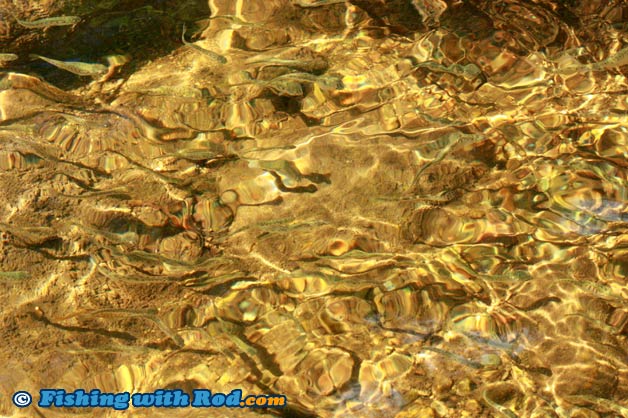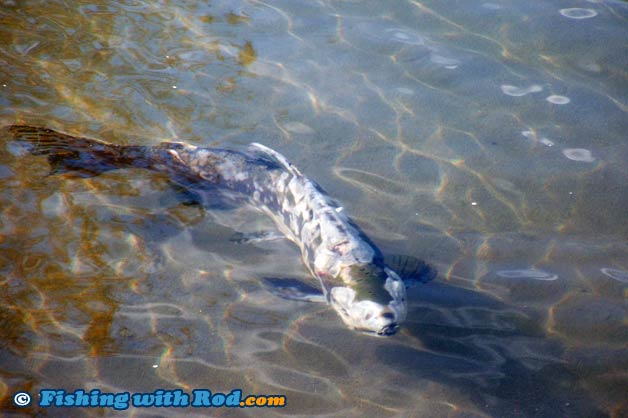Anadromous
Anadromous is a term used to describe the lifecycle of fish that spend their juvenile life in freshwater and adult life in saltwater. Salmon, steelhead and some species in the trout and char families have an anadromous lifecycle.

Anadromous fish spend their adult life in the ocean to feed and grow. They return to their natal stream when sexually matured and spawn. Fertilized eggs incubate for several months before hatching. Once hatched, juvenile fish feed in the stream until they reach a certain size and migrate into the ocean. The amount of time spent in the river and ocean varies from one species to another. Most anadromous fish species such as Pacific salmon die once they complete spawning, while some species such as steelhead can survive from spawning and repeat the cycle.

Anadromy is a life strategy that has been developed over many generations by fish species that are faced with a lack of food in their freshwater habitat. Some species have both anadromous and freshwater varieties. For example, steelhead and rainbow trout (Oncorhynchus mykiss), sockeye salmon and kokanee (Oncorhynchus nerka), sea trout and brown trout (salmo trutta).
